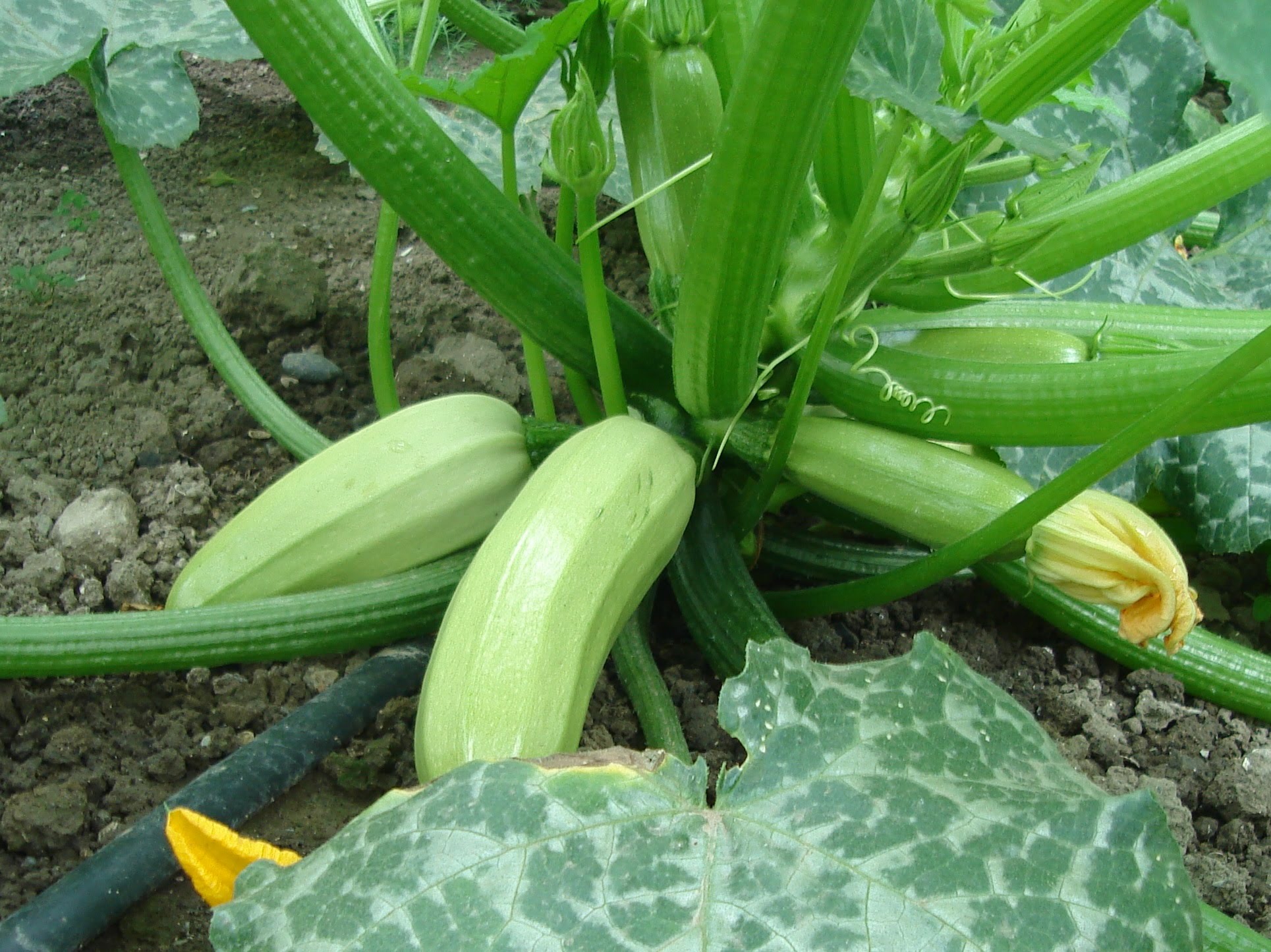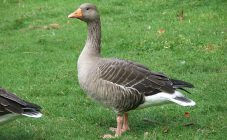Content:
When forming the livestock of young geese for domestic and industrial rearing, its composition is of great importance. So, it is important for a livestock breeder to know exactly how many geese and geese are in the herd, because the value of females is higher. To do this, you need to learn to recognize them.
For what purpose and how to distinguish between a gander and a goose
If you correctly count the livestock, you can achieve several goals at once:
- When breeding geese to obtain eggs, it is important to leave the maximum number of females in the herd, but the minimum number of males will suffice.
- When breeding for meat, more ganders are left, since on average their weight is 25% higher.
- When selling goslings, the seller must provide the buyer with reliable information about the sex of each individual.
It is believed that in a good herd, from which the owner wants to get both eggs and meat, it is necessary to maintain the following proportion: 1 gander for 4 geese. Accordingly, in order to maintain the ideal proportion, even at the stage of herd formation, you need to know exactly how many geese and ganders.
How to scientifically determine the sex of geese
Ventsexing is a method for identifying ganders and geese used in all poultry farms. Step-by-step instructions will tell you how to distinguish a gander from a goose with 100% accuracy:
- You need to take the gosling and carefully put it on the back. The chick's head should hang freely, and the tail should reflexively lift up.
- You should consider the cloaca (guska), because it contains the genitals of the goose, suggesting its gender.
- If, upon opening, a small red appendage appears, then this is a gander. In three-day-old chicks, it is usually very small, so you need to be careful. Sometimes a magnifying glass is required.
- If there is no branch in the cloaca, then this is a goose.
This method of determining the gender of failures does not, since it is based on the most reliable morphological trait that does not depend on the breed. All that is required is attention and good vision. During this study, males often behave aggressively, resisting humans. You need to gently grip the bird with your hands or between your knees so that it does not injure itself. On average, the length of the penis in adult gander is 7 cm, but the genital organ of a goose is 3-4 cm - within normal limits.
In addition to a detailed examination of the cloaca, it is worth paying attention to other differences in chicks. So, ganders are always larger in appearance, and move with a proudly lifted head and a chest protruding from the wheel. Females are smaller in size and usually their head looks down.
How to distinguish a goose from a goose by behavior
Behavioral responses can tell a lot to an attentive bird watcher. If you create a stressful situation, then by the typical behavior of males and females, you can easily distinguish them from each other. A sharp sound (whistle, gong bang, car horn) will scare the chicks, forcing them to show their gender.
- Ganders usually stretch their necks strongly in danger and lift their heads up. They need to assess what is happening around and make a decision - to attack the enemy or retreat.
- The geese at this time strive to cuddle to the ground with their whole body and hide until the leader gives a signal about where to run.
The stress method is good, but only as a last resort, since it is often fraught with frightening young animals.A frightened bird does not feed well, and in adult geese, egg production may even stop. If sharp frightening sounds are often heard in the courtyard, then the birds may even develop unfavorable conditioned reflexes, which will then be very difficult to defeat.
Even at a very young age, males are noisy. Fatigue, it seems, is unknown to them. They are ready to run, communicate, feed and explore the world around them from sunrise to sunset. This is the natural behavior of geese, inherent in them by nature itself. Only an active bird can successfully master the territory and win the competition with competitors. The gander always carefully examines the area allotted to him, knows exactly where the feeder, drinking bowl, and a convenient place to sleep are located.
Females never interfere in such a showdown, aggression is not at all peculiar to them. The goose gives voice only when it is under stress or hunger.
As the chicks mature, the goose signs of their sex differ more and more clearly. Even by their voice, males make them easy to distinguish. Their cry is loud, even trumpet. They can emit hiss and even hiss. The sound comes out of the larynx in characteristic jerks. The geese scream loud and long. The voice of females is more pleasant to a person, but the cry of a gander usually causes irritation.
Observing the herd, it is very easy to distinguish between the male leader. On a walk, he always goes first, and everyone else follows him in single file. And leaders like to make such rounds. Surprisingly, it is the males who are the first to run up to the feeders and often even arrange fights over food. Males swim in reservoirs very proudly with their heads held high, but the heads of females are always directed downward.
Experienced Farmer Tips
"Tarzanka" is a favorite way to distinguish the youngest chicks.
How to determine the sex of a gosling by this method:
- The gosling is turned upside down.
- Gently raise and lower it by the paws, allowing the vestibular apparatus to manifest itself. It is necessary to create a free fall effect.
- The male will stretch his beak upward, trying to escape from the hands of the person.
- The female goose will flap its head, but will not pull it up.
Plumage shade can tell a lot to the attentive poultry farmer. Even in completely white geese (Kholmogory breed), there are differences between males and females. So, ganders always have a noticeable yellowish plumage tone, and geese - grayish. Similar differences can be found in geese of other breeds, if you look closely.
The size of the head of birds is also very different. The gander has a massive head already at 1 month old, always has a threatening appearance. The goose is more refined, gentle, there is no aggression in it. The gander's beak is rough, large, has a dirty tint, even black.
When it is the turn of the mating season in the flock, the behavior of the birds changes significantly. Males fight each other for free females. It is very difficult to get along with them at this time. Fights take place with enviable regularity and great intensity of passion. The gander does not need a reason, they are ready to pinch each other, push, pull out feathers at any moment, they are easy to recognize.
Obviously, there are reliable methods for sex determination in geese and every bird owner can choose the appropriate method. The main thing is to divide the goslings by sex as early as possible. Because if you leave too many ganders in the herd, then with the onset of the mating season, you can face serious problems. At the same time, a herd of only females will never give birth. Knowing how to determine the sex of a gosling will help the house to avoid many difficulties.















